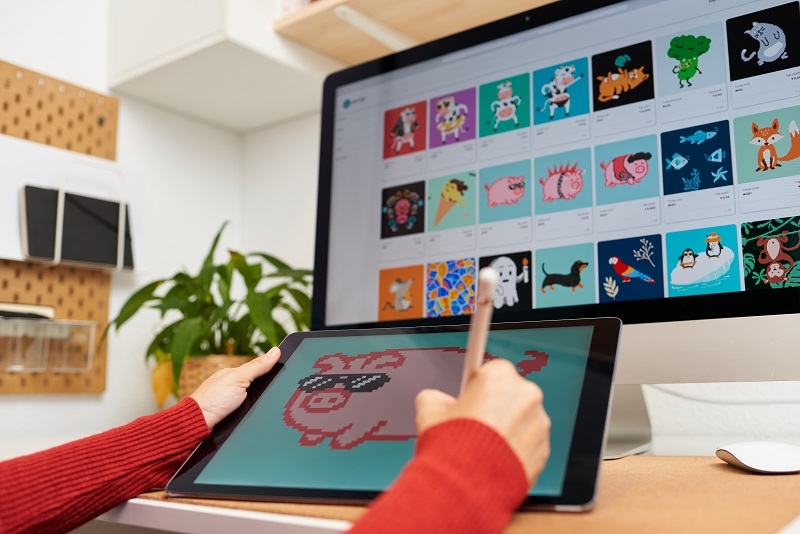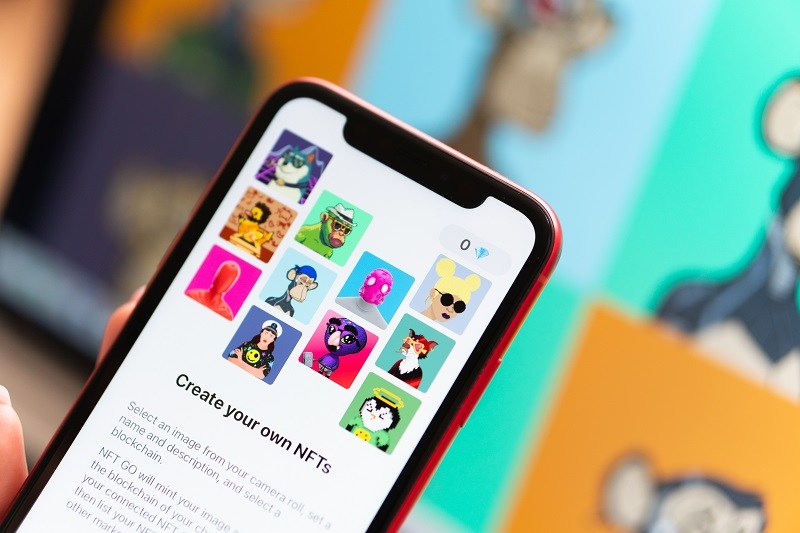
Virtual collectibles, including avatar skins, NFT wearables, social badges, and unique digital art pieces, have become serious status symbols in the digital economy. Following a history of use in video games and previous online spaces, these non-physical objects are transforming how users express and demonstrate themselves and their status on social platforms.
Traditionally, cultural currency has been associated with in-person, tactile items; as people have spent more time online, the social value of virtual collectibles has taken on a new form of cultural currency. This article will explore how the concept of ownership of digital things has changed from an exciting novelty to a necessary aspect of life, the psychology around what it means to own something virtual, and the trend for future implications for social media interactions and identity.
The notion of accumulating items for the sake of prestige is not new. People have long leveraged objects from trading cards to luxury watches to signal identity, status, and community. The internet has just taken this behavior to a new level.
At first, digital items were all implicated in gaming economies—skins, mounts, and gear used by avatars. Now, virtual collectibles have moved far beyond gaming. While still in-game, they are front and center in social media ecosystems, displaying in user bios, profile badges, digital wardrobes, and even posts, commenting with animated gifts or special reactions.
From Instagram Stories filters to Reddit profile flair, digital items signal not taste but tier.
In psychology, social proof is a term given to the human trait of defining what is right by looking at the behavior of others, especially people we trust and idealize. This idea explains how social status is created around the value of virtual collectibles. If a person of importance has a rare badge, skin, or outfit, it becomes a need for others to want it.
If social media shares some characteristics of fashions or styles, then it works on these signals:
These digital objects represent, "I belong, and I am exclusive, " like a luxury handbag or limited-edition sneakers.
At one point, spending real currency on digital items felt silly. However, for younger generations who have grown up online, including digital currencies, purchasing digital items feels as usual (and satisfying) as buying physical items.
In-app spending, from TikTok coins and Discord Nitro benefits, is not only about functional purchases. Most of the time, it is about social signalling and self-expression.
These motivations parallel the same motivations for purchasing luxury items in the real world, suggesting that the lines between real-world and digital-world value are increasingly merging.
As blockchain tech entered pop culture, NFT wearables for avatars became a defining status symbol in virtual environments. From metaverse platforms to Twitter profile pictures, these unique items promised digital ownership, rarity, and transferability.
Owning an NFT hat or jacket for your 3D avatar in a social world like Decentraland or Horizon Worlds became the new digital equivalent of rocking designer gear.
While not everyone sees NFTs as valuable, their existence solidified one thing: virtual fashion is no longer just fun—it’s serious business.
Beyond aesthetic items, social badges in apps serve as another layer of digital status. These could be:
Badges visually segment communities, creating hierarchies that users climb by contributing content, spending money, or simply staying active. These systems gamify participation and give users visible rewards they can proudly display, reinforcing engagement.
In apps like Reddit, badges may reflect community age or exclusive events. On YouTube, comment highlights for subscribers elevate social value. Each icon becomes a digital merit badge—earned, shown off, and envied.

The ability to purchase goods inside social apps has exploded. Microtransactions power a vast economy where users trade small amounts of real-world money for microstatus—incremental social perks.
Key in-app purchasing trends driving this behavior include:
The growth of virtual gifting behavior is a significant factor here. On apps like TikTok, viewers purchase and send gifts (like roses or rockets) to creators. These gifts translate into real money, but for the sender, they’re status displays—your name gets pinned, highlighted, or shouted out.
Gifting is a social ritual—and it's thriving online. On platforms like Instagram Live, YouTube Super Chat, and Twitch, virtual gifting behavior isn't just support—it’s a transaction of attention.
You give a gift, you get noticed.
This mutual exchange plays directly into our need for social validation. It also fuels platform economies, where creators and users benefit from the system.
Some digital gifts are seasonal (hearts for Valentine’s Day), while others are tied to cultural moments (awards during livestream concerts). All offer temporary but potent boosts to social capital.
As virtual collectibles' social status becomes normalized, it’s redefining what digital identity means. For many, online personas now matter as much—if not more—than real-life appearances.
Just like someone might dress up for a night out, users “dress up” their profiles with:
This has implications for self-worth. Studies show that digital engagement and feedback affect mood and confidence, especially among younger users. The pressure to obtain them increases when status items are seen as proxies for popularity, relevance, or coolness.
The next chapter of virtual collectibles may lie in interoperability. Imagine owning a badge in one app and having it recognized in another, or dressing your avatar once and having that outfit appear across games, meetings, and social feeds.
As platforms embrace decentralized identity and asset portability, digital goods could become like passports of social proof—portable status markers across the internet.
Key innovations likely ahead:
These changes hint at a future where our online selves are richer in content, personality, status, and ownership.
Virtual collectibles aren't just a fad or a tech trend; they are the cultural artifacts of digital culture. They radically reimagine what it means to belong, to be unique, and to express identity. These intangible forms of virtual collectibles are essential; they include everything from NFT wearables for avatars to social badges in apps and a range of other digital expressions.
Purchased in-app and gifted/received in a virtual setting, virtual items are becoming more than cosmetic. They will shape identity, relationships, and influence.
Incredibly, technology continues to advance, and digital signaling will expand. The beacon of opportunity is the glowing badge illuminating from behind a phone or the designer skin for an avatar. Clear to see that one important conclusion can be made from the world of social media: "the measurement of status isn't about what you have now, it's about what you display".
This content was created by AI